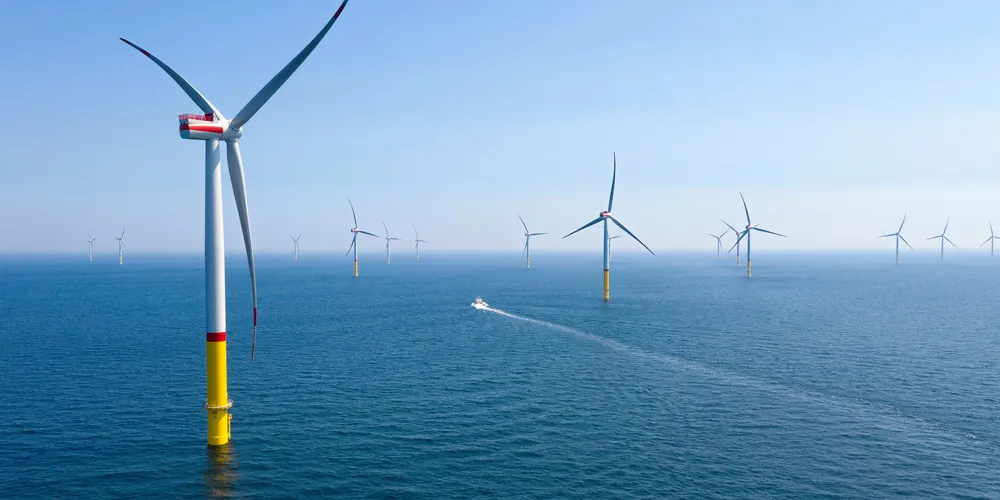Parkwind reaches financial close on Arcadis Ost wind project off Germany
Large 257MW project in frame as 'integrated part of German energy transition' as Baltic Sea wind expansion gains pace with government eye on hydrogen economy

Belgian developer Parkwind has taken a financial investment decision (FID) on the 257MW Arcadis Ost 1 offshore wind project in the German part of the Baltic Sea.
Offshore installation works are due to start next year, with the wind farm northeast of the island of Rügen expected to be operational in 2023.
“After three years of intense development works, the Parkwind team can be proud of securing the financial close of Arcadis Ost 1,” said Arcadis Ost 1 project director Clément Helbig de Balzac.
“With the group of world class contractors that we have formed, the support of the local authorities and now, our lenders, Arcadis Ost 1 can begin its execution phase and will ultimately become an integrated part of Germany’s energy transition.”
Arcadis Ost 1 had obtained a permit in March, after being successful in Germany’s tender for pre-developed offshore wind projects in 2018.
The offshore wind build-out in the Baltic Sea recently has gained momentum and boosts cooperation among countries in the region.
Arcadis Ost 1 will be the fifth array in German Baltic waters, Poland this year has started to award contract for difference (CfD) support to 5.9GW of pre-developed projects, and new wind farms are also slated for construction in the Danish part of the Baltic Sea.
The wind farm will feature 27 super-sized monopile foundations from Germany’s Steelwind, at 100 metres in length and weighing 2,000 tonnes thought to be the largest ever installed in Europe, topped with Vestas V174-9.5MWs.
The wind turbines, being assembled in the nearby Danish Port of Rønne on the island of Bornholm – which Denmark plans to turn into a hub for massive offshore wind and hydrogen projects, will have a direct connection with the turbine tower rather than tradition transition pieces. Germany also has high hopes for Baltic Sea offshore wind development.
“Since the approval of the first offshore wind farm in the German Baltic Sea in 2011, offshore wind has not only contributed to the energy transition, but also to an enormous economic development in our region,” said Christian Pegel, energy minister of the state of Mecklenburg-Vorpommern.
“In the future, we want to use offshore wind to generate climate-neutral hydrogen, making our region even more attractive for new businesses.”
Parkwind, which before the Arcadia Ost FID had raised about €570m ($691.1m) in debt from a group of nine lenders, including Société Générale, ING Bank and the European Investment Bank, currently operates 771MW of offshore wind capacity in Belgium, and has an offshore wind development pipeline of up to 1GW in Germany and Ireland.
In April, the developer was bought by Virya Energy, the energy holding of retail group Colruyt and its investment unit. The company at Arcadis Ost 1 is collaborating with project company OstseeWindEnergie, which consists of three German municipal utilities.
(Copyright)